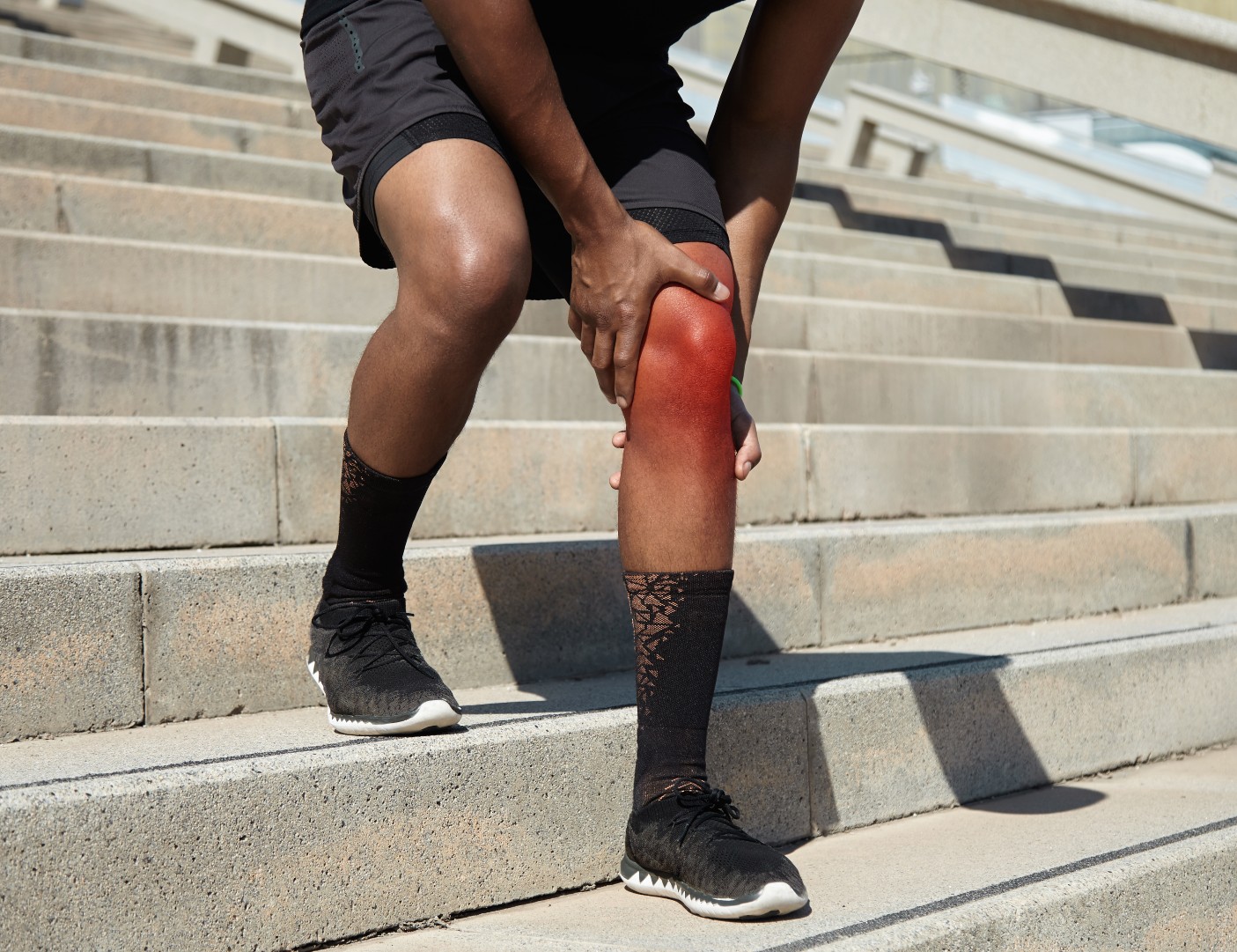
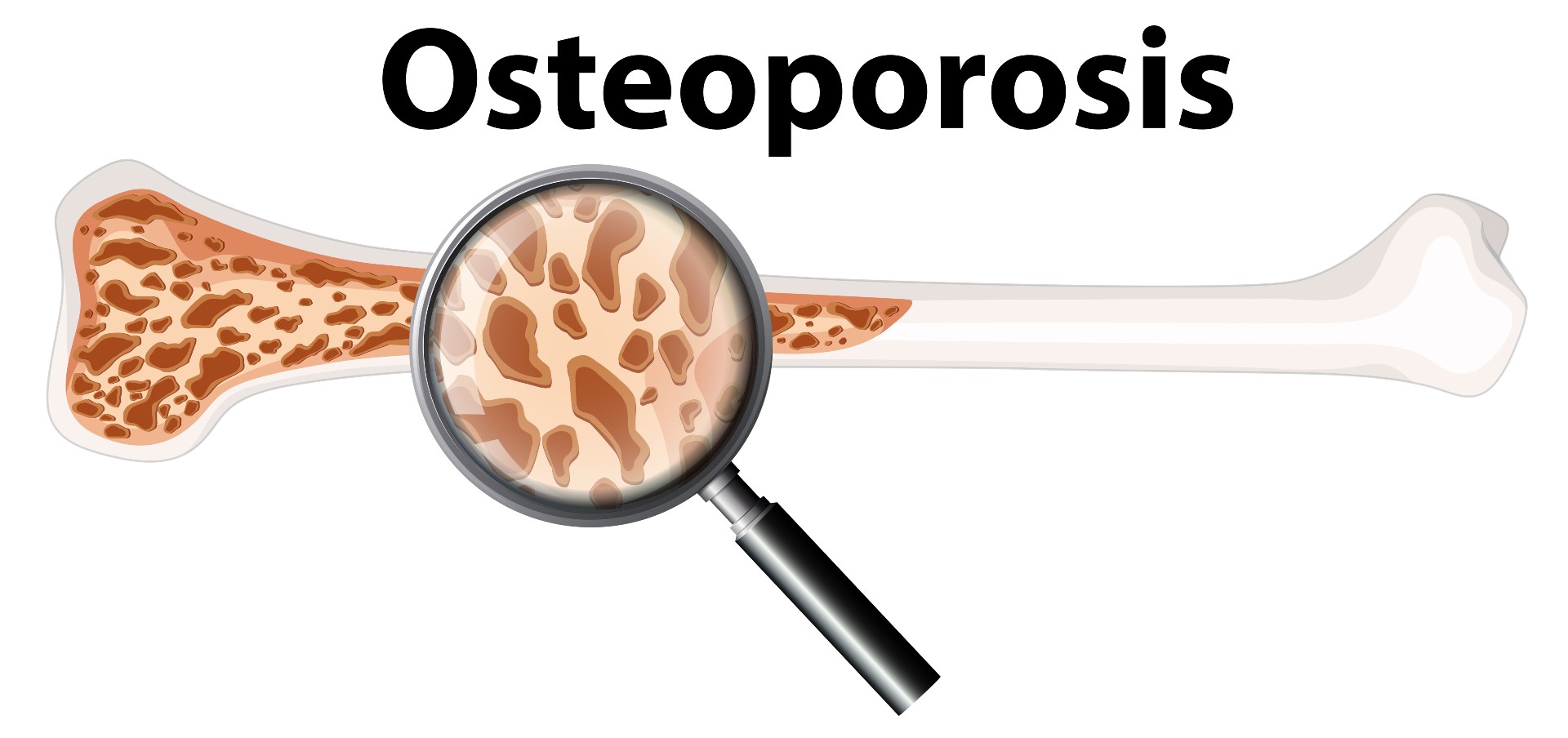
Osteo Artritis
Symptoms of Osteoarthritis can range from mild to severe.
Include :
- Your Joints may have pain & may feel sharp or burning.
- For some people pain episodes are irregular.
- Pain during exertion & during sleep
- Morning stiffness : Your joints may feel stiff and creaky for a short time, until you get moving.
- Cracking Sound : Your joints may make cracking sounds. This cracking may also occur in a normal joint, but it is severe in osteosrthritis.
- Swelling : Arthritis can cause swelling in joints, making them feel tender and sore.
- Deformity in joints: In Severe conditions of osteo-arthritis you may have changed shape of joints.
- Reduced range of motion and loss of use of the joint
- Osteo-Arthritis may be along with osteoporosis.
Rheumatoid Arthritis
Symptoms of Rheumatoid Arthritis also can range from mild to severe.
Rheumatoid arthritis (RA) is a type of arthritis (chronic inflammatory polyarthritis) that typically affects hands and feet, although any joint in the body may be affected such as wrists, knees, hips and shoulders. Over time, joint destruction can occur resulting in permanent damage, bone destruction and deformity.
Symptoms include :
- You may have Stiffness, commonly in the morning.
- Joint swelling that can occur in any joint but most often occurs in small joints of the hands and feet and often symmetrically.
- You may have tenderness over swollen joints, fever, weight loss and depression.
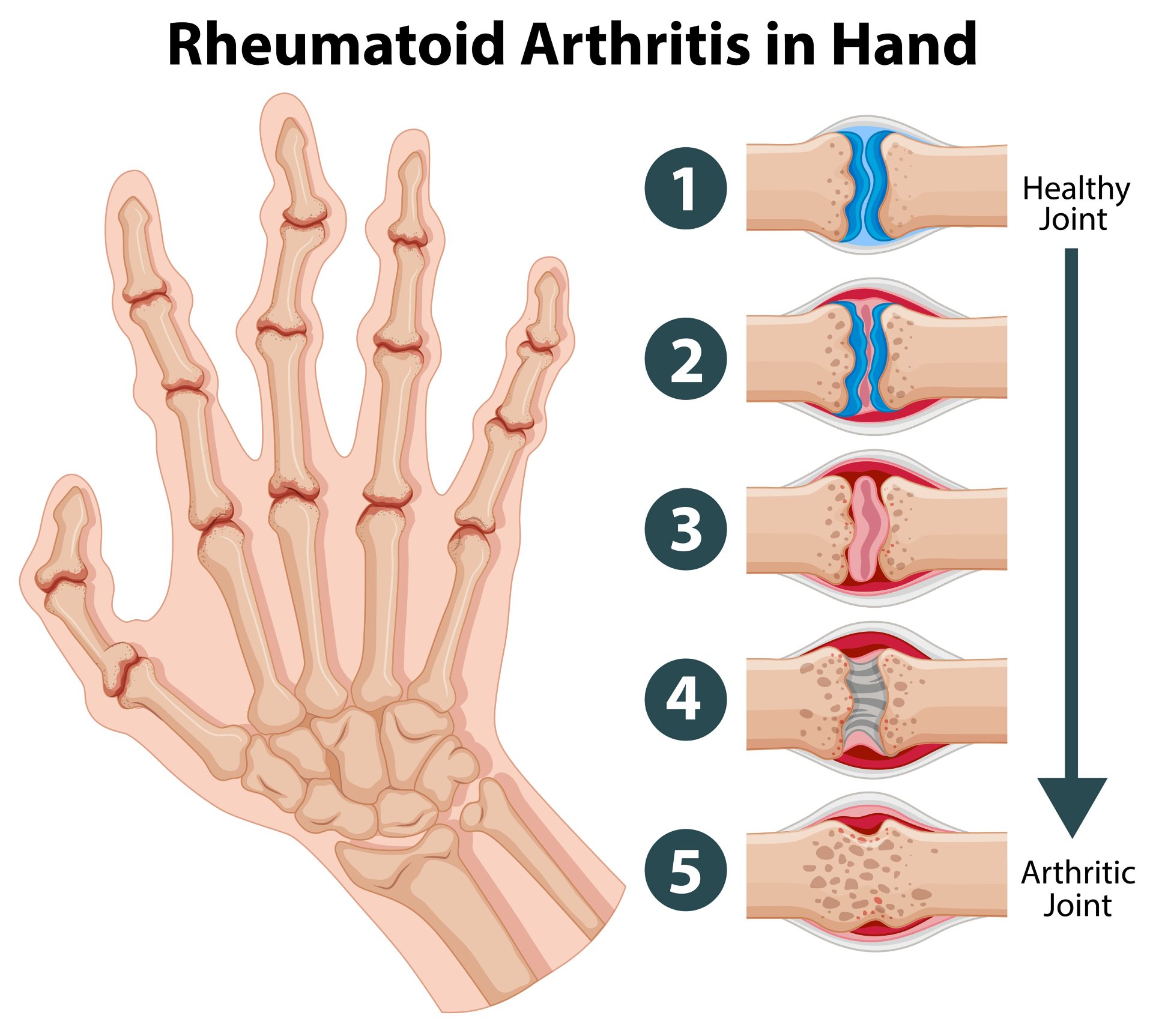
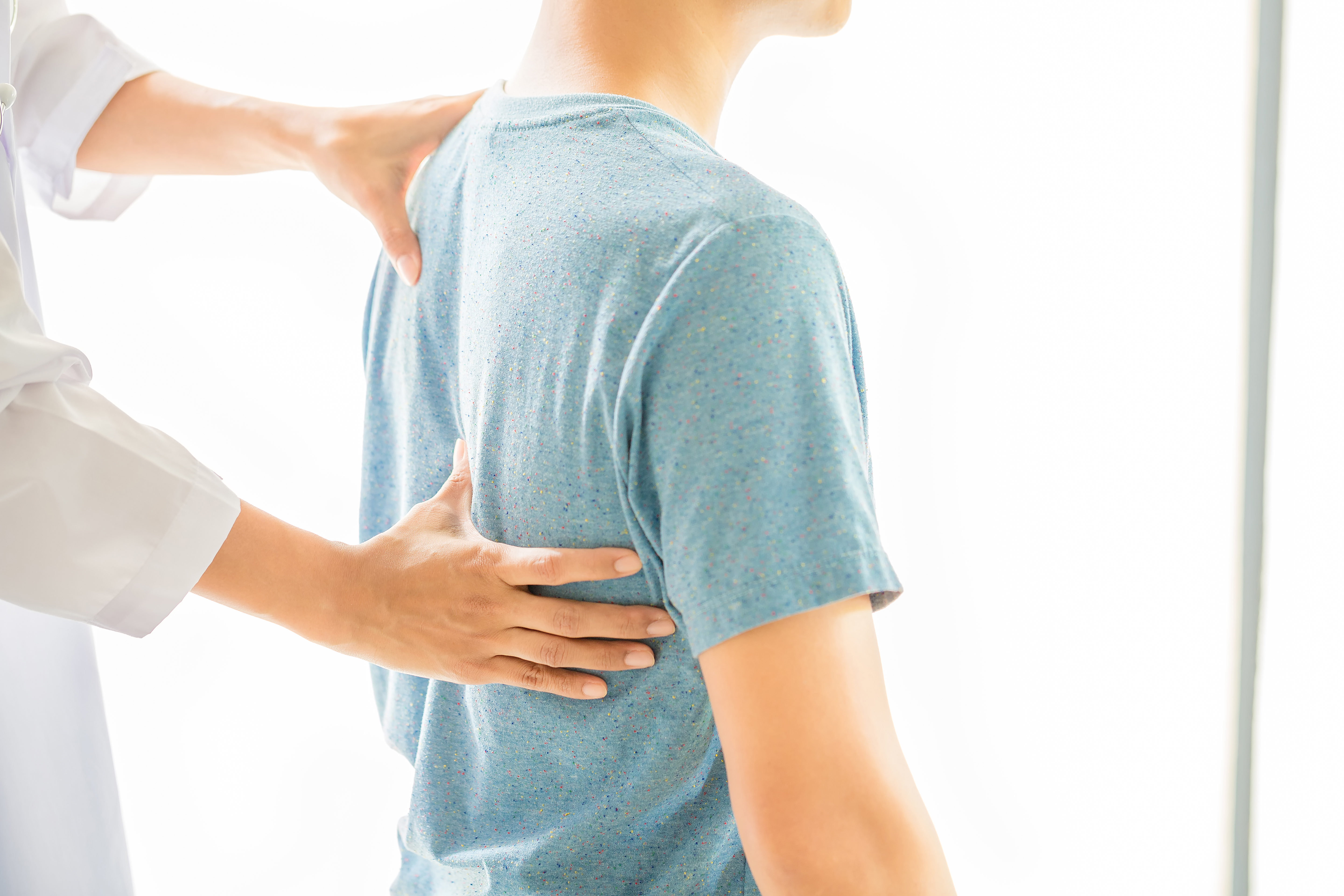
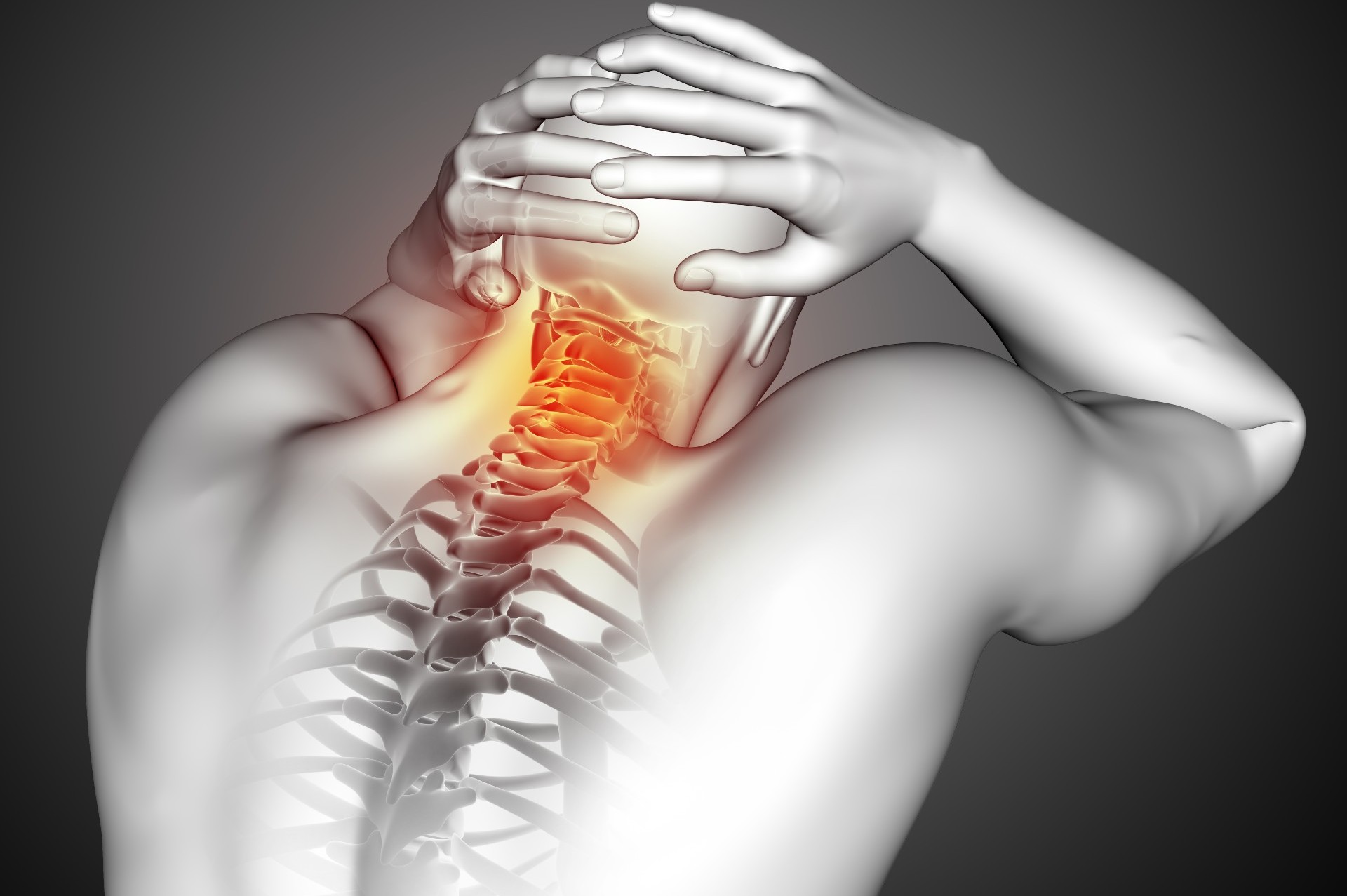
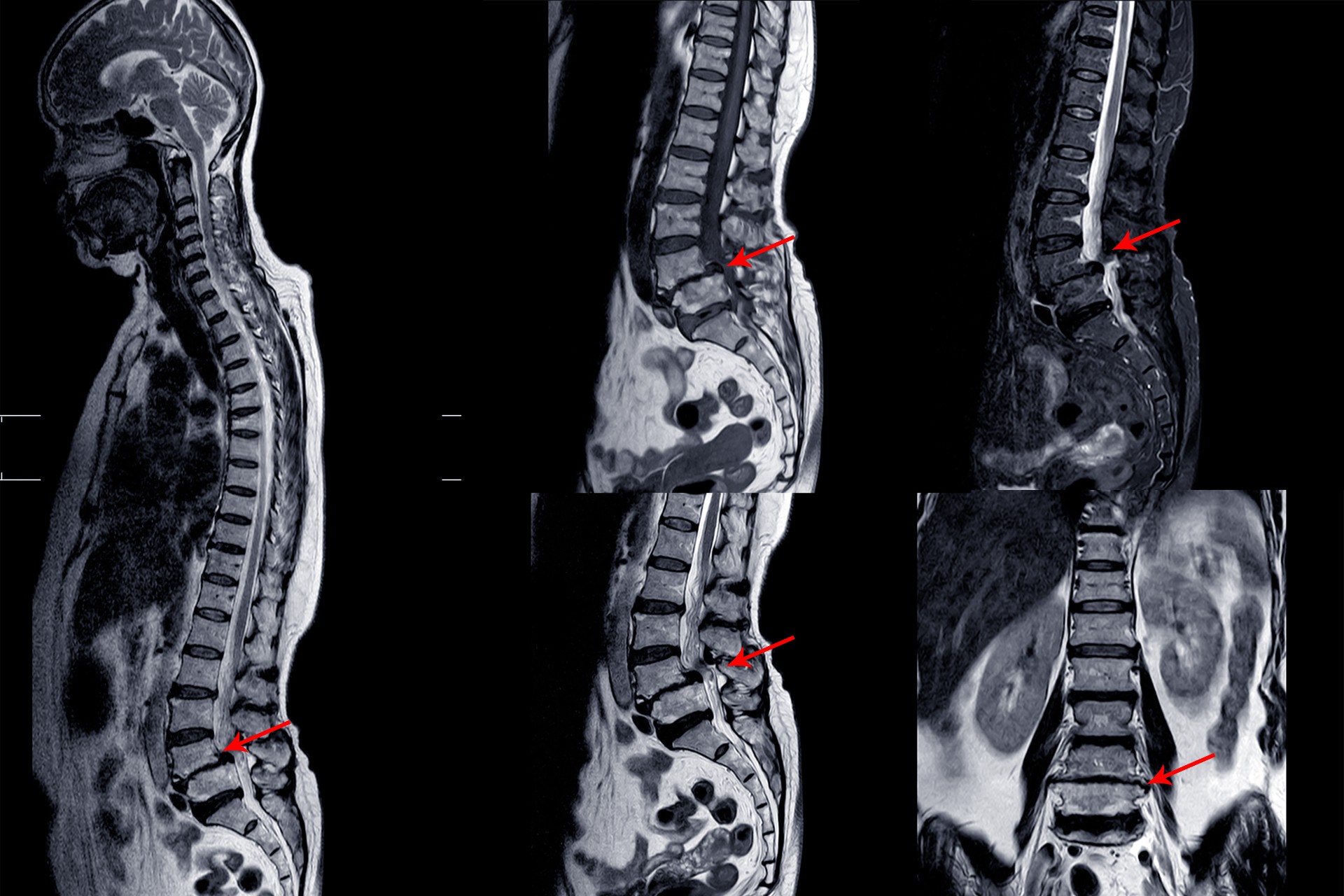
Spondylosis
Spondylosis refers to a situation where there is degeneration of the spine. Cervical or Lumbar Spondylosis is a disorder in which there is abnormal wear on the cartilage and bones of the neck (cervical vertebrae) or lumbar region. It is a common cause of chronic neck pain or lower back pain.
It could describe degeneration in the neck (cervical spondylosis) or degeneration in the lower back (lumbar spondylosis).
Symptoms :
- Symptoms often develop slowly over time, but they may start or get worse suddenly. The pain may be mild, or it can be deep and so severe that you are unable to move.
- You may feel the pain over the shoulder blade or it may spread to the upper arm, forearm, or (rarely) fingers.
The pain may get worse :
- After standing or sitting
- At night
- When you sneeze, cough, or laugh
- When you bend the neck backwards or walk more than a few yards
You may also have weakness in certain muscles. Sometimes, you may not notice it until your doctor examines you. In other cases, you will notice that you have a hard time lifting your arm, squeezing tightly with one of your hands, or other problems.
Other common symptoms are:
- Neck stiffness that gets worse over time
- Numbness or abnormal sensations in the shoulders, arms, or (rarely) legs
- Headaches, especially in the back of the head
Less common symptoms are:
- Loss of balance
- Loss of control over the bladder or bowels (if there is pressure on the spinal cord)
Lumbago
Back pain is one of the most common medical problems, affecting 8 out of 10 people at some point during their lives. Back pain can range from a dull, constant ache to a sudden, sharp pain. Acute back pain comes on suddenly and usually lasts from a few days to a few weeks. Back pain is called chronic if it lasts for more than three months.
Lumbago is caused by:
There are many things that cause low back pain or lumbago. Listed below are some of the more common conditions, or diagnostic terms:
- Herniated Disc (sometimes called a slipped disc)
- Osteoarthritis or Spondylosis
- Osteoporosis (brittle bone disease, spinal fracture)
- Rheumatoid Arthritis (progressive, sometimes destructive arthritis)
Symptoms include :
Listed below are common symptoms of lumbago. Keep in mind that the primary symptom is low back pain.
- Low back pain may radiate into the buttocks, back of the thigh, into the groin.
- Back pain (lumbago) may be aggravated during movement. Pain from bending forward, backward or side-to-side may limit activity.
- Spinal muscle spasms cause the back to feel stiff and sore.
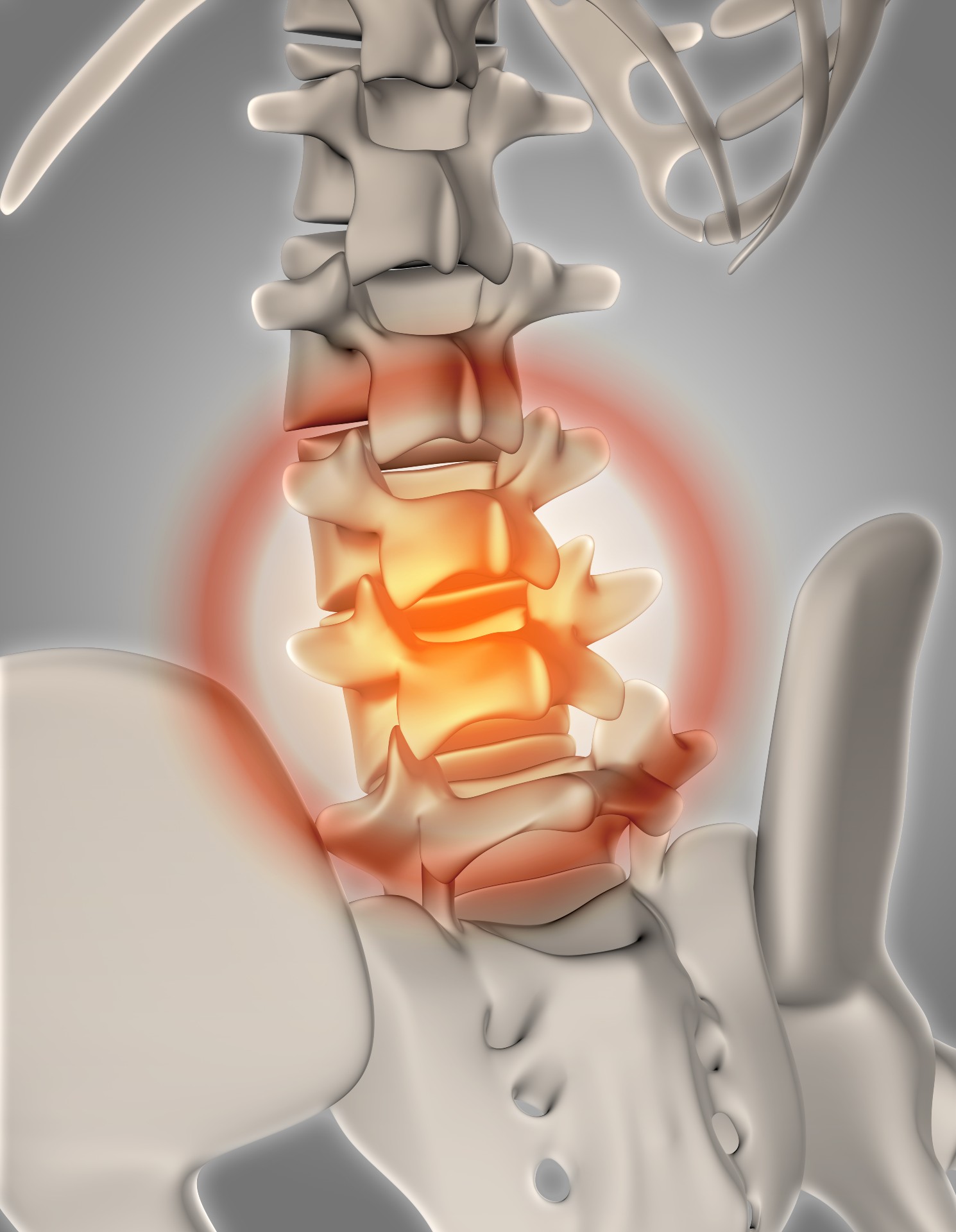
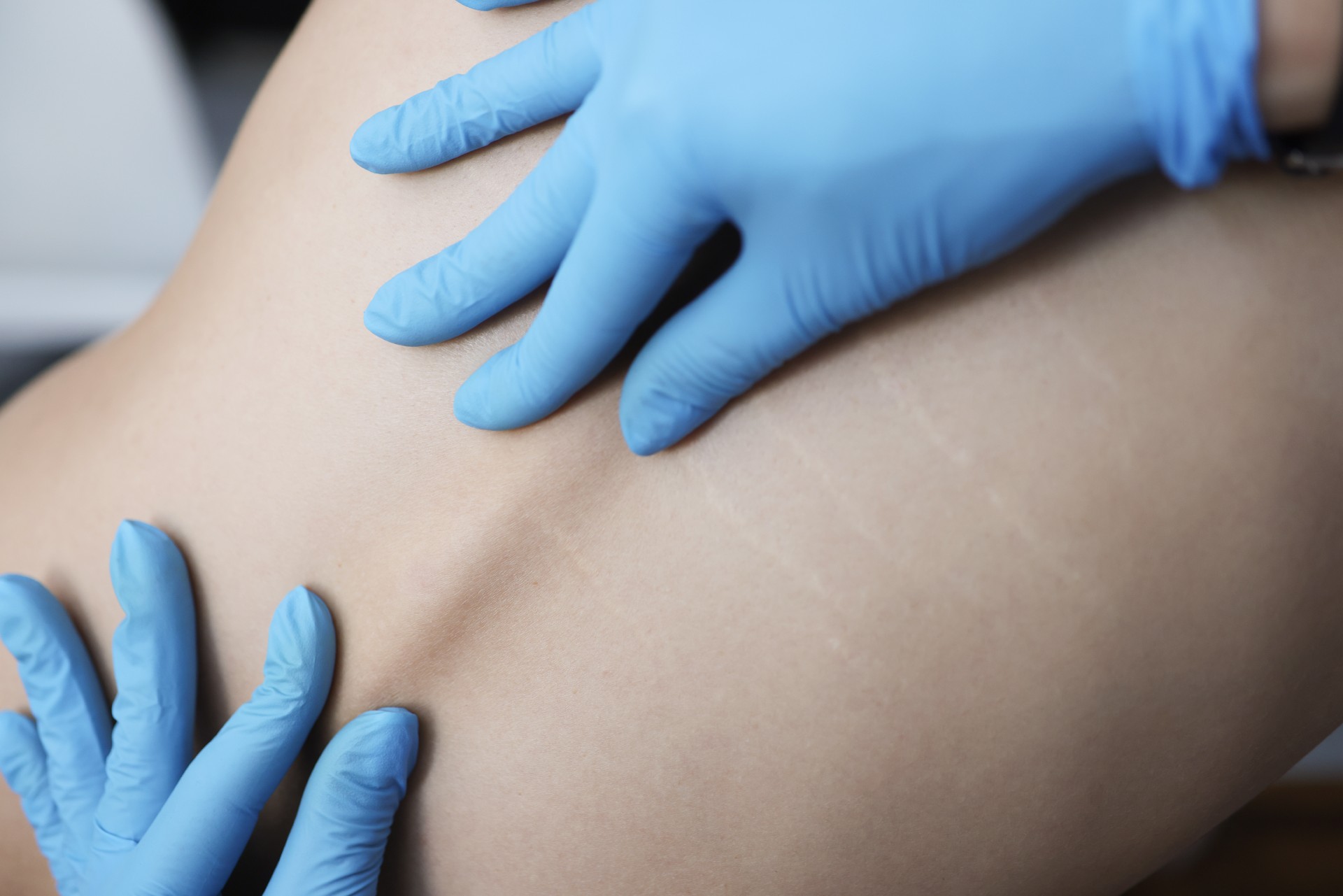
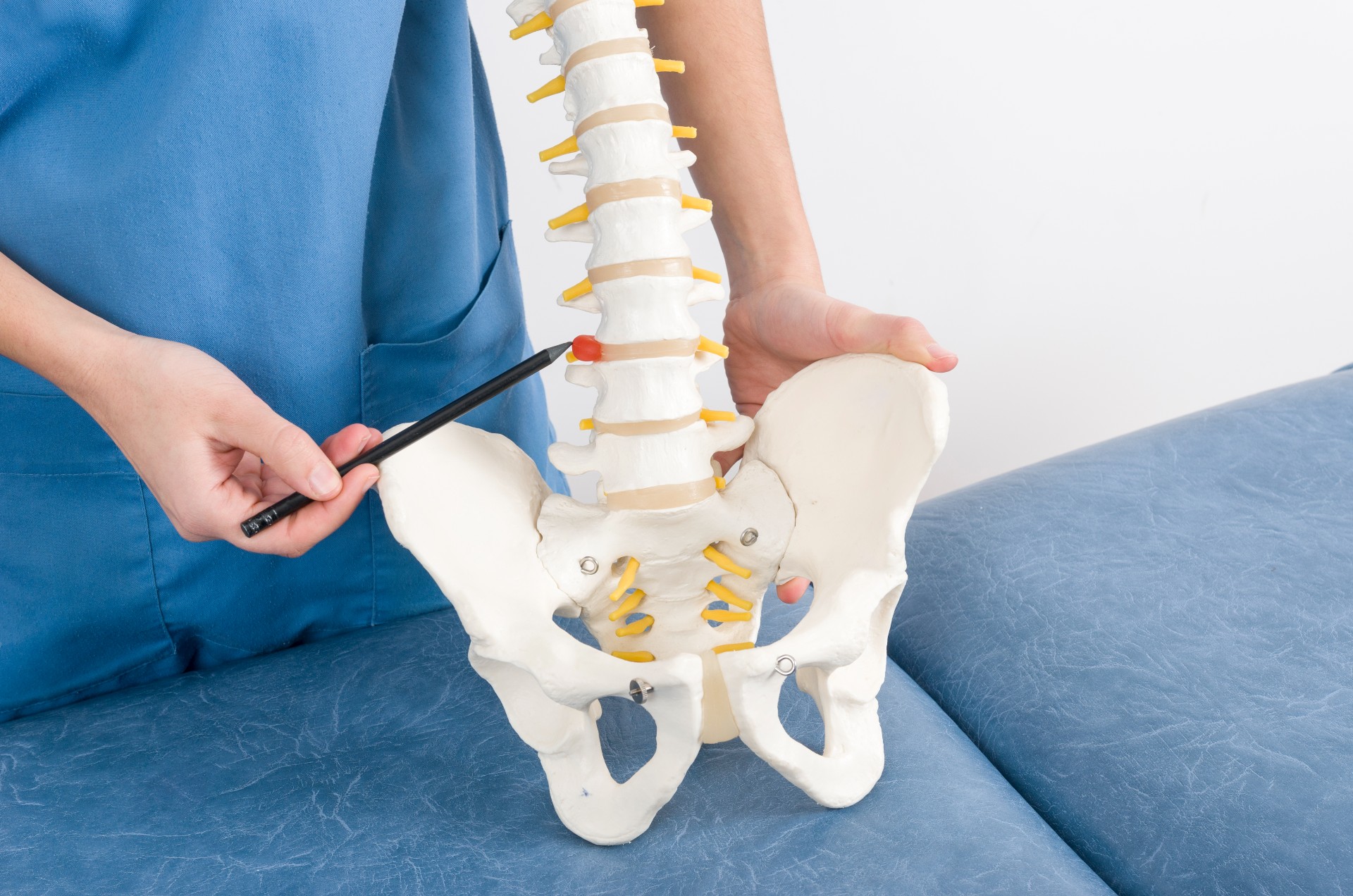
Vertebral Disc Problems
Symptoms of Osteoarthritis can range from mild to severe.
Include :
- Your Joints may have pain & may feel sharp or burning.
- For some people pain episodes are irregular.
- Pain during exertion & during sleep
- Morning stiffness : Your joints may feel stiff and creaky for a short time, until you get moving.
- Cracking Sound : Your joints may make cracking sounds. This cracking may also occur in a normal joint, but it is severe in osteosrthritis.
- Swelling : Arthritis can cause swelling in joints, making them feel tender and sore.
- Deformity in joints: In Severe conditions of osteo-arthritis you may have changed shape of joints.
- Reduced range of motion and loss of use of the joint
- Osteo-Arthritis may be along with osteoporosis.